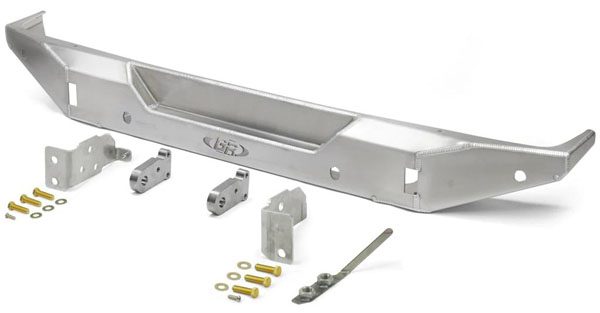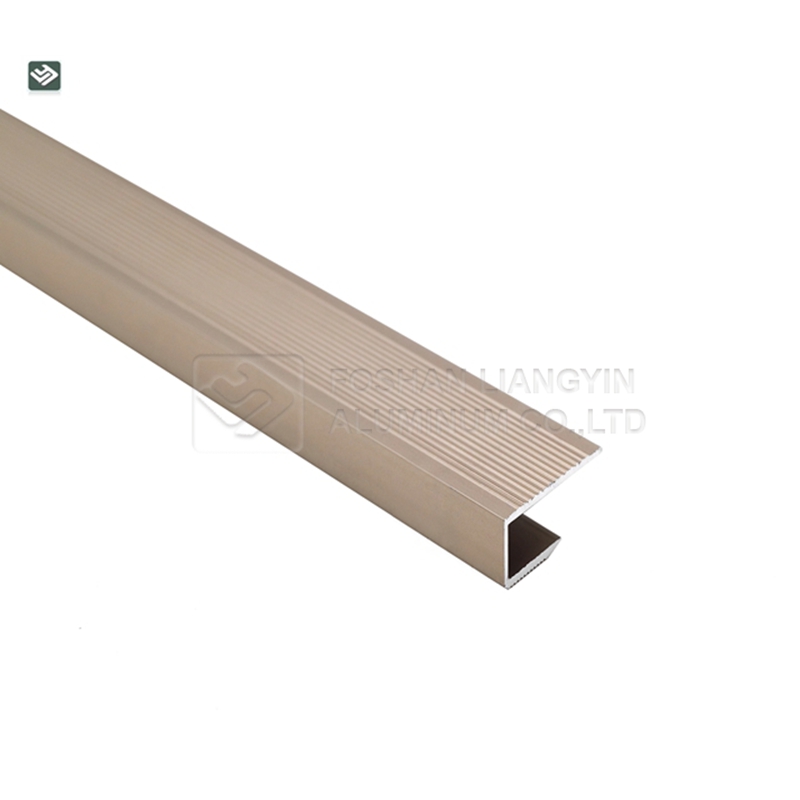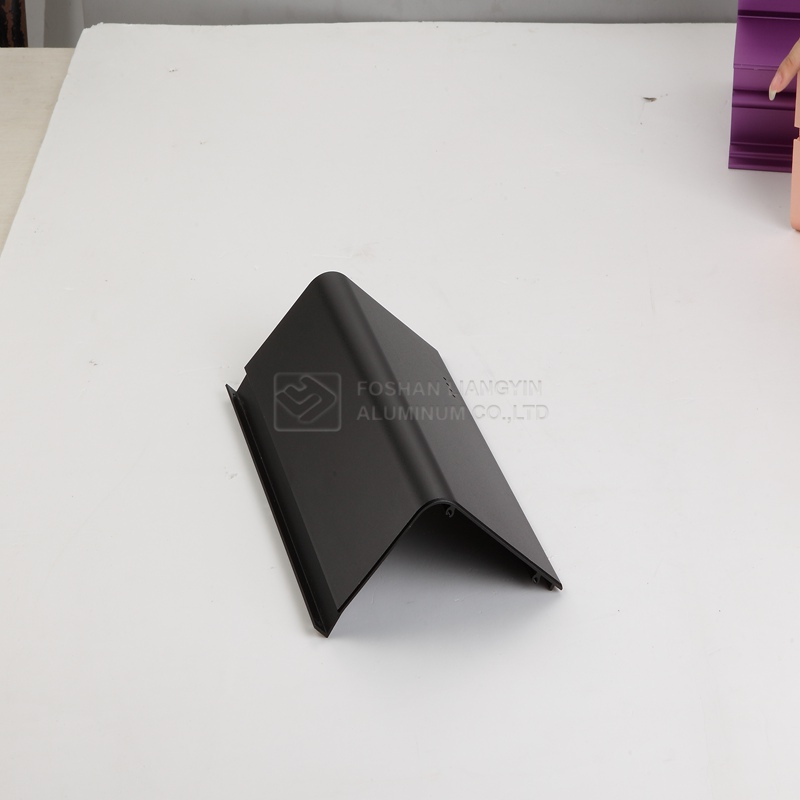Aluminum is an extremely versatile metal because it is ideal for a variety of manufacturing methods, two of which are extrusion and casting. You may be asking yourself, "What is the difference between extrusion and casting of aluminum?" Extrusion is the process of forcing a billet of aluminum through a die to produce the desired cross-section. Casting, on the other hand, is the process of pouring molten aluminum into a mold and then allowing it to solidify. Each method of manufacturing aluminum parts has its advantages and disadvantages, but both save the cost of machining parts from solids by creating near-net shapes and reducing machining time. Whether you think you need aluminum extrusions or are considering aluminum castings.
Custom aluminum auto bumper aluminium extrusion accessories sm
Aluminum extrusion is a generally competitive and economical production option, especially when dealing with very complex cross-sections. A newly designed custom-shaped aluminum extrusion can be produced in as little as eight weeks. Such shapes and features that can be extruded include: press fits, sliding fits, tongue and groove, self-tapping screw holes, hinges, snap joints, flanges, screw ports, non-slip surfaces, etc. The initial cost of extrusion is also attractive. Tooling engineering costs are much less for new custom shapes than for castings. Extruded aluminum profiles also have an excellent surface finish and are often stronger in comparison. Some of the products produced by the extrusion process are radiators, window and door frames, manifolds and lighting track equipment. The possibilities are endless. One disadvantage of extrusion compared to casting is the dimensional limitation. Aluminum extrusions are limited by the size of the billet and the cylinder capacity of the extruder. Castings have no such limitations and are typically used to produce very large items. Even with the size limitations of extrusions, there are still countless applications where this manufacturing method is preferred.

Aluminum can be cast using any of the available casting methods. Some of these casting methods are continuous casting, investment casting, plaster casting, sand casting, permanent mold casting, and die casting. Other casting processes such as hot pressing and isostatic pressing, extrusion casting and vanishing molds can also be used with molten aluminum. Despite the different names and methods, all castings have one thing in common: molten aluminum is poured into a mold, which forms a pattern as the aluminum cools. Compared to extrusion, casting is a much slower process. Seams and mold defects can also appear in castings. This usually requires a secondary process to remove these defects by cutting, grinding or sanding, called finishing. Despite this, casting still has a place in manufacturing. Aluminum castings are a very common manufacturing method for products such as cookware, small appliance parts or decorative parts. The most common and largest market for aluminum castings is the automotive industry. More than half of the aluminum used in automobiles is produced by casting.
The introduction cost of the casting process is usually higher compared to extrusion. However, it can be more economical in high volume production or for parts that require excellent dimensional accuracy. This is especially true when shapes are complex, such as those with uneven thickness. While the casting may produce smaller tolerances, the extruded shape will be more robust. In addition, castings may contain some porosity, while extrusions do not. In addition, the surface finish of the casting may require machining, but assuming the dimensional tolerances created meet the needs of the part, the surface of the aluminum extrusion can be used for the finished part. Castings are limited to low melting point metals, such as aluminum, magnesium and copper, with higher initial tooling costs and potentially shorter tool life. Extrusion is a better choice for shorter production runs due to lower start-up costs. Unlike extrusion, castings are not limited by size. Because extrusion can only be as large as the billet the extruder can hold, the size range is limited. This is not the case with dies used for castings. In fact, castings are very commonly used to produce large parts, such as marine propellers or engine parts. For these products, extrusion is not an option due to size limitations. Whether considering casting or extrusion, it is important to consider all variables for each variant. The size range is limited. This is not the case with dies used for castings. In fact, castings are very commonly used to produce large parts, such as marine propellers or engine parts. For these products, extrusion is not an option due to size limitations. Whether considering casting or extrusion, it is important to consider all variables for each variant. The size range is limited. This is not the case with dies used for castings. In fact, castings are very commonly used to produce large parts, such as marine propellers or engine parts. For these products, extrusion is not an option due to size limitations. Whether considering casting or extrusion, it is important to consider all the variables for each variant.

